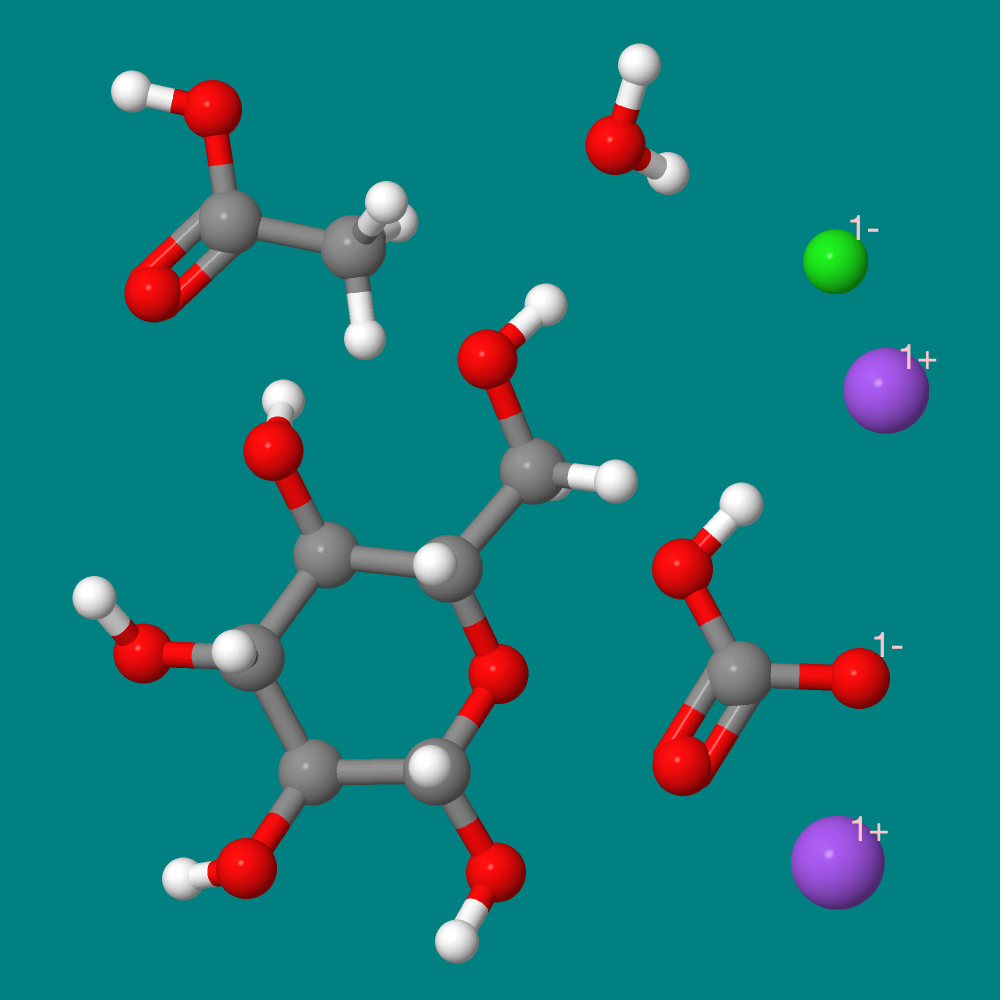
Home
The Fun of Mixing - Home Lab Activity #1

Introduction
We discovered chemistry at an early age by mixing household staples at a kitchen sink. During these early years, there was a sense of wonder associated with the color changes and other effects of mixing. As we aged, our approach to chemistry became more sophisticated stifling our childhood awe of chemistry. Indiscriminate mixing of household chemicals can be dangerous; however, to keep our childhood wonder alive, we present these safe household chemistry experiments.
Although these experiments are reasonable safe, they should be performed with a great regard to safety. Warning labels on all household chemical containers should be read, and it is essential to wear eye protection. Most people do not wear safety glasses during casual exposure to household chemicals; however, performing these experiments does not represent casual exposure. Inexpensive plastic safety glasses can be purchased in any hardware store.
Experimental Details: What you can do with a bottle of vinegar
The structures of the featured compounds in this experiment can be found in the upper left image. They are common materials found in the kitchen: vinegar (acetic acid), table salt (NaCl), corn starch (glucose), and baking soda (sodium bicarbonate).
Add about 1/8 teaspoon of each solid to separate small cups followed by a tablespoon of vinegar. Repeat the tests with water instead of vinegar. Record your observations below:
| Product Name | Vinegar Reaction | Water Reaction |
|---|---|---|
| Corn Starch | ||
| Baking Soda | ||
| Table Salt | ||
| **Baking Powder |
**Baking powder is a multi-component mixture. Repeat the vinegar and water tests with baking powder and record your observations in the table above.
The Scientific Method is the process of formulating and testing an hypothesis. Based on your observations, formulate a hypothesis about the possible composition of baking powder.
What other tests could be performed to help support your hypothesis?
Based on your observations, which one of these mixtures could not be baking powder?
| Table Salt & Starch | Baking Soda & Starch |
The featured demo video for this page is a classroom demo that uses spray starch.
